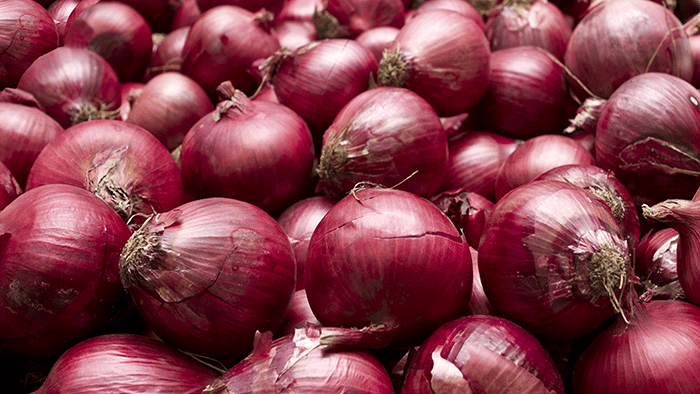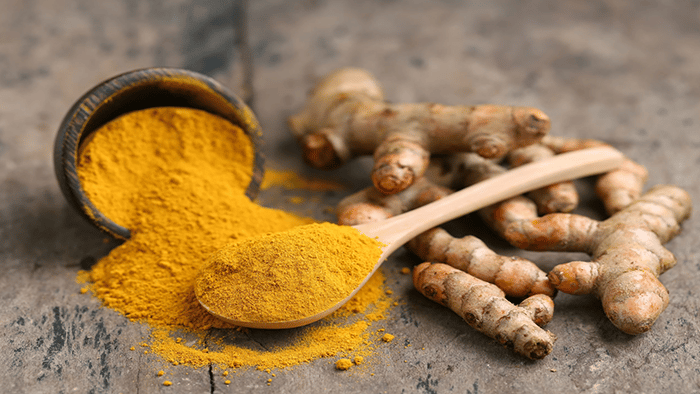Root Vegetables: Why They Matter For Your Kids' Health
- Onion
- Sweet Potato
- Yam
- Beets
- Garlic
- Turmeric
Introduction
Root vegetables are basically starchy plants, of which the edible parts grow underground as roots. The starchy part, known as the storage organ, grows below while the other parts of the plant grow above the surface. The storage organ is there to nourish the plant and help it grow. There are four main types of root vegetables, bulbs, tubers, corms, and root crops. Examples of bulbs are onions and garlic, corms, water chestnuts and taro, tubers are sweet potatoes and yams, and beets and carrots for root crops. But what role do these vegetables play in your kid’s diet? Root vegetables are often considered among carbohydrates, for their high starch content. This makes them an excellent source of energy, but overeating these vegetables can end up spiking your kid’s blood sugar levels or gaining weight. Therefore, it is ideal to know which root vegetables to eat, and how much of it, before proceeding to its benefits.
Root Vegetables - How Much And Which Ones?
Though there is no fixed guideline for how many root vegetables are ideal for your kid’s diet, it is ideal to not exceed more than a fist-sized portion, a maximum of twice a day. But the fist to be measured should be your kid’s, not yours. This will ensure they do not overeat root vegetables and reap their maximum benefits. Since there are many root vegetables, which are the best ones for your kid’s health? Here are the most nourishing ones,
Onion

Onions contain decent amounts of vitamins B6, B9, and C, potassium, and several antioxidants and sulfur-containing compounds that are great for your kid’s bones, and blood sugar levels, and in fighting off some cancers. Onions are used as flavorings, in salads, curries, gravies, and more. It is also eaten raw, which is the best way to reap its health benefits.
Sweet Potato
Rich in vitamin A, thanks to their bright color and beta-carotene, sweet potatoes are great for your kid’s vision and are lower on the glycemic index compared to potatoes, making them a healthier alternative for fries and baked potatoes.
Yam

A reliable source of potassium, vitamin C, and fiber, yams are a wonderful addition to your kid's diet, being a versatile dish in curries, pakoras, or sauteed on their own. Its silky texture makes it a great hit among kids when cooked and presented creatively.
Beets
Beets are a rich source of potassium, manganese, iron, folate, and other B vitamins, making them a nutrient powerhouse. It also possesses antioxidants that keep heart diseases at bay and taste great in curries, salads, or on their own. Their rich purplish-red color is a delight for kids as well.
Garlic
Every clove of garlic has small doses of vitamins C, E, and K, zinc, calcium, potassium, magnesium, and manganese, making it a nutrient powerhouse when incorporated in decent quantities into your kid’s diet. Due to its punch-packed flavor, it can also help cut back on sodium intake.
Turmeric

Turmeric is famous across cultures for its active ingredient curcumin and its active biological properties. Not only is this root widely used in Indian cuisine, but also in international and traditional medicine, for its immense medicinal properties. Full of manganese, iron, potassium, vitamin C, and bioactive compounds, turmeric has multiple health benefits.
Benefits Of Consuming Root Vegetables Daily
1. Rhizomes like ginger have medicinal, antioxidant, and anti-inflammatory effects. It is reputed for easing nausea, lessening muscle soreness, and alleviating joint pain.
2. Yams, sweet potatoes, and other tubers are excellent sources of energy. Yams and sweet potatoes also help maintain healthy blood sugar levels.
3. Radishes and turnips help in digestion, ease the burden, improve metabolism, and hydrate the body.
4. Turnips and beets also have an anti-inflammatory effect on bone health and heart function, while keeping chronic illnesses at bay.
5. Thanks to their ample antioxidant stores, carrots and sweet potatoes promote healthy vision, improved brain function, and good skin health.
6. Ginger helps speed up digestion, improves immunity in kids, and relieves vomiting and upset stomach while improving skin health.
7. Turmeric has been associated with reducing the risk of multiple kinds of cancers, improving liver function, inducing pain relief, and reducing inflammation, making haldidoodh a must for your kids every night.
Conclusion
Root vegetables are like special force vegetables, a moderate quantity daily is enough to keep any quaking germ or infection at bay. But they must maintain daily attendance in your kid’s diet, or else their absence may invite deficiencies and health issues. And since root vegetables are easily available in Indian markets and already exist as a common part of the Indian diet, all you need to do is make sure your kid’s plate is loaded with these vegetables in adequate amounts. As for making sure your kids eat them, the secret lies in cooking healthy foods creatively and introducing them to your children at an early age. It is never too late, so start now with these root vegetables.
Kaushiki Gangully is a content writing specialist with a passion for children's nutrition, education, and well-being. With more than five years of writing experience and a science-based background, she provides nuanced insights to help families raise happy, healthy kids. Kaushiki believes in making learning and healthy eating fun, empowering parents with practical, easy advice.
The views expressed are that of the expert alone.
The information provided in this content is for informational purposes only and should not be considered a substitute for professional medical advice, diagnosis, or treatment. Always seek the advice of your physician or another qualified healthcare provider before making any significant changes to your diet, exercise, or medication routines.
References
https://iapindia.org/pdf/Ch-044-Nutrition-5-12-y-IAP-Parental-Guidelines-28112021.pdf
https://www.nin.res.in/downloads/DietaryGuidelinesforNINwebsite.pdf
https://www.eurokidsindia.com/blog/root-vegetables-for-kids.php










